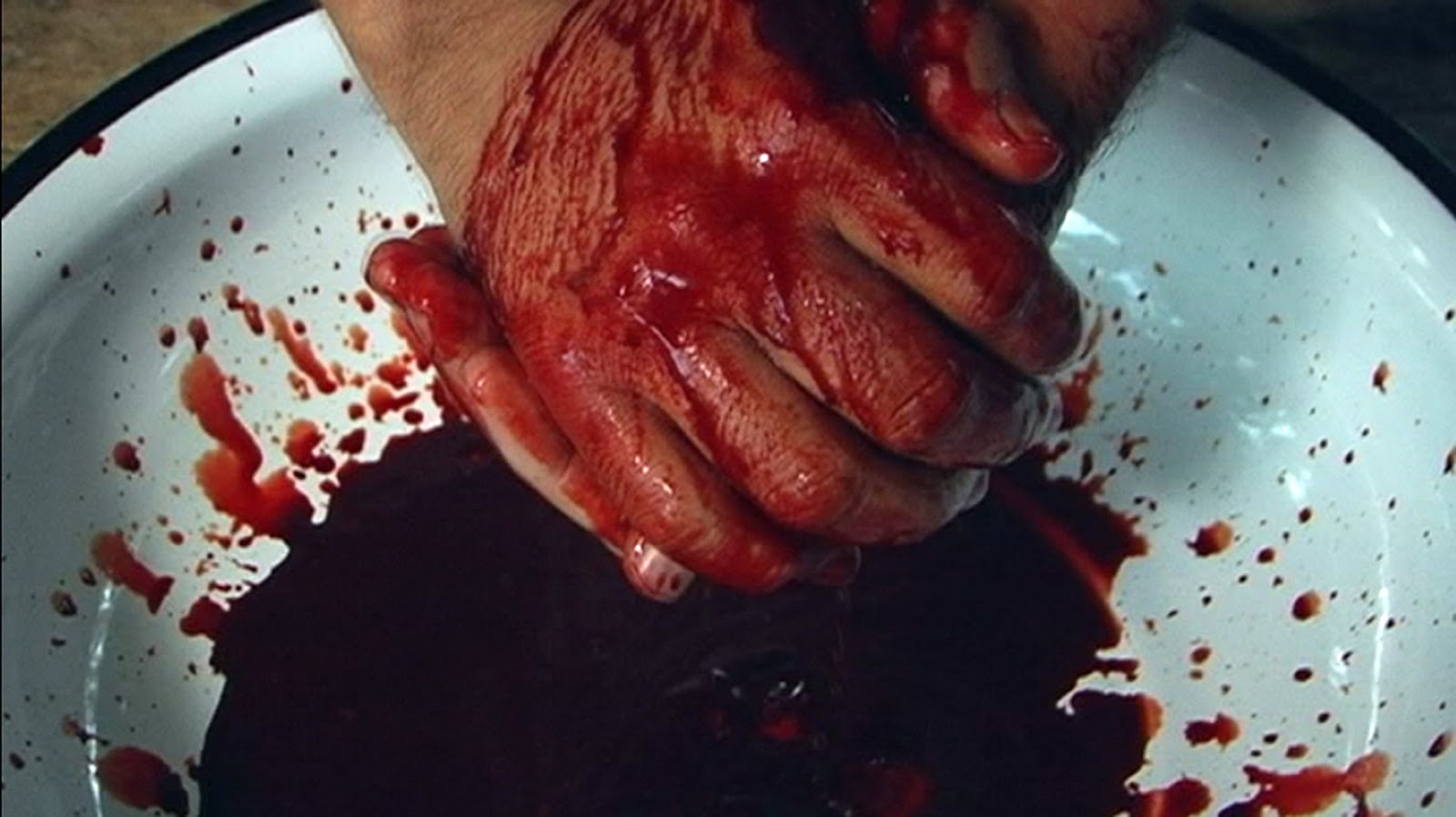A beginner’s guide to Brazilian art
[17 de agosto de 2016]

To only write briefly about the relationship between Brazil and contemporary art is certainly a crime. With a population estimated at more than two hundred million and an area covering more than eight million square meters (the United Kingdom could fit into it 35 times), it’s absolutely impossible to define precisely what “Brazilian culture”, “Brazilian contemporary art” and of course, “Brazilian-ness” could be.
Colonized by Portugal (and other empires including France and the Netherlands) during 1500 to 1822, the production of art (in the Western perspective) in Brazil was always in dialogue with European classical traditions. After the opening of the first School of Art in the country in 1826, discussions about what “Brazilian art” could be started and never ceased to be a topic of conversation for artists and intellectuals. Landscape painters from the 19th century, modern abstract artists and conceptual artists from the 1960’s – all of them, at some point of their careers, somehow touched upon this complicated topic.
With Rio de Janeiro as the country’s capital until 1960 and Sao Paulo being the biggest city and economic power, the art produced in Brazil was for many decades unfortunately associated with these places. For a long time, artists from different regions of the country had to travel or even live in these cities to become known because it was here where the institutions and the capitalism of art were mostly based. Thankfully, in the last fifteen years the country has seen big changes developed by the left-wing government in the areas of culture, economy and education. In addition, the massive presence of the Internet and social networks in Brazil have affected how artists, curators and institutions (public or independent) communicate and work. Nowadays, it’s interesting to see how different artists work at the same time in different places and with very contrasting research.


One of the most well known Brazilian artists outside the country, Ernesto Neto (based in Rio de Janeiro), for example, works with installations that invite participation from the public. In recent years however, the dialogue between the indigenous cultures of the North area of Brazil started to be a subject for his monumental structures. Indigenous narratives also interest other artists like Armando Queiroz (based in Belem) but from a point of view closer to the histories of violence, massacre and destruction of these cultures. The languages used by Armando range from video, performance, photography and ready-mades.
Some other researchers deal with the power that images can suggest of belonging to nowhere and anywhere; “Brazilian culture” is not the main concern. Leda Catunda (based in Sao Paulo) has long explored the use of colour in painting and sculpture, creating kitschy images that invite the public to deconstruct concepts as high and low culture. In a less colourful perspective, in the extreme South of Brazil Karin Lambrecht (based in Porto Alegre), deals with materials like blood, oil, golden leaves and texts in light bidimensional compositions and objects full of expressive gestures.
In between these two ways of making art we could also look at Paulo Bruscky (based in Recife), a world pioneer in the field of mail art that invites the public to think about the limits of using images and text with lots of humour. These points of view used to quickly analyse these already established artists are just two of the many ways to look not at “Brazilian art” but instead “art made in Brazil”. They can be seen (with many different layers) in the “Under the Same Sun” exhibition in the work of the featured artists.


What could we expect for the future from the fusion of Brazil and art? The present is full of difficult stories: the impeachment of the President Dilma Rousseff (a coup of state), the raise of violence to homosexuals, black people and indigenous people, besides all the physical and symbolic violence that the Olympic Games already brought to Rio de Janeiro. How good artists will react to these elements and by which perspective (to quote reality or to use art as a way to avoid it?) only time will tell. Certainly, we will have lots of food for thought.
(texto escrito a convite do HOME, em Manchester, devido à exposição "Behind the sun" com os artistas premiados na edição 2015-2016 do Prêmio Marcantônio Vilaça)